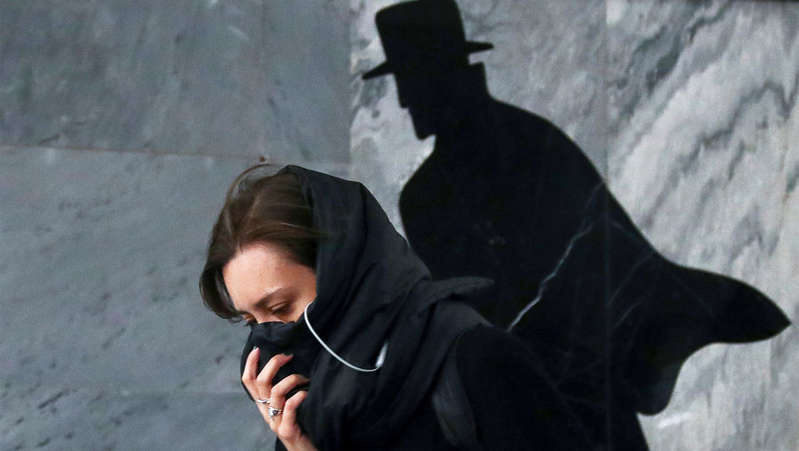
Doctors say COVID-19 is becoming a more transient disease
The symptoms of coronavirus this fall differ significantly from previous waves – at first, it became even easier to confuse COVID-19 with a cold or flu. Subsequently, new symptoms appear, and the disease itself becomes more fleeting. This was reported on September 30 by the Public News Service, which interviewed doctors.
So, experts called a severe runny nose a new symptom of coronavirus infection, which also develops more rapidly – pneumonia appears on the third day, and not on the seventh, as it was before.
From the first days, those infected with the coronavirus have symptoms similar to acute flu: pain and sore throat, high fever. To this may be added deafness with dizziness and loss of smell. Both symptoms indicate a central nervous system (CNS) virus infection, doctors noted.
“Discharge from the nose, sore throat, sore throat. A rapidly developing and long-lasting cough with a lot of phlegm. Fever behaves like a flu, but lasts longer. Neurological symptoms are largely expressed: dizziness, headaches, severe weakness. Fainting is possible when you try to stand up suddenly. There is a rapid lesion of the central nervous system. All these symptoms appear immediately, maximum – on the second day and last for weeks, ”explained the doctor Alexander Ediger.
Initial symptoms
Of the previous symptoms, digestive disorders remained, but now they are more pronounced – these are abdominal pains, diarrhea. “Food is very poorly tolerated, even cereals and soups. Nausea and vomiting are possible. The analyzes show pronounced liver enzymes, which have not been observed before, ”Ediger added.
The main symptoms of coronavirus in previous waves were fever, fatigue, cough with a small amount of sputum. As the disease progressed, some patients (about 15%) developed symptoms such as dyspnea (feeling of shortness of breath). An increase in body temperature was recorded in more than 90% of patients, a dry cough – in about 80%, chest tightness – in more than 20%.
Rise in incidence
Deputy Prime Minister of the Russian Federation Tatyana Golikova on September 30 warned of the onset of a difficult period due to the rise in the incidence of COVID-19.
“I want to ask you to be careful, to comply with all restrictive measures, to take care of yourself and your loved ones,” she said at a meeting of the Council on Guardianship in the Social Sphere.
In turn, the head of Rospotrebnadzor Anna Popova previously noted that the rise in the incidence of coronavirus infection has been going on for three weeks against the backdrop of the next season of growth in the incidence of ARVI and influenza. Since the beginning of the pandemic, about 233.3 million people have been infected with the coronavirus in the world, more than 4.7 million have died. In Russia, according to the federal operational headquarters, 7,511,026 cases of infection were registered, 6,672,767 people recovered, 207,255 died.
About the spread of coronavirus
The number of confirmed cases of coronavirus infection in Russia has increased by 23,888 over the past 24 hours. The country has registered 867 deaths. Thus, the maximum number of deaths due to COVID-19 is updated for the third day in a row.
The conditional mortality rate of the disease remained at the level of 2.76%, it follows from the data of the headquarters.
62 patients with coronavirus have died in Moscow. The number of people infected in the capital increased by 3,998.
The spread of coronavirus infection in Russia on Thursday dropped to 1.03, according to TASS calculations. In Moscow, it dropped to 1.01. The indicator shows how many people, on average, have time to infect one infected person before they are isolated.

